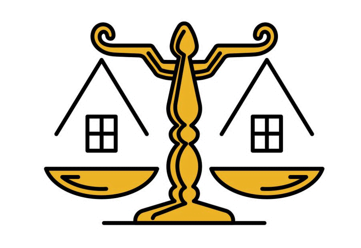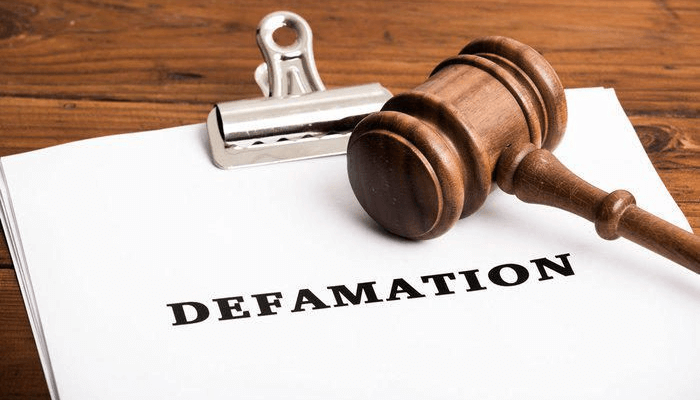Defamation Law: The Ultimate Shield Against Reputation Attacks and False Allegations
What is your reaction when someone has been spreading malicious rumors about you online? What do you know about slander and libel which are two types of defamation? Libel and slander are types of defamation.
Introduction
In an era where information spreads with the click of a button, reputations are more vulnerable than ever. A single misleading blog post, an inaccurate news article, or a viral social media comment can damage a person’s standing in society, ruin careers, and cripple businesses. Defamation law exists to protect individuals and organizations from false and damaging statements.
But where do we draw the line between freedom of expression and defamation? While the law upholds the right to express opinions, it does not protect deliberate falsehoods that harm another’s reputation. This article explores the core principles of defamation law, key legal precedents, real life case studies, and modern-day challenges shedding light on why defamation remains a critical issue in today’s digital landscape.
Elements of Defamation: What Must Be Proven?
CASE STUDY: New York Times Co. v. Sullivan (1964)
Legal Impact: This case expanded press freedom and established the higher standard of proof for defamation cases involving public officials. It remains one of the most important precedents in defamation law.
DEFAMATION
Defamation is sphere of law that provides a civil remedy when someone’s words cause harm to your reputation or your livelihood. It constitutes a false statement of fact that is intended to damage a person’s reputation. Defamation falls into the category of tort law relating persona or property Defamation is a spoken, written or published false statement made with the intention to impair someone’s reputation. To establish a claim of defamation, you will have to prove that an individual made a false statement, dispensed such untrue statement as the truth, and has communicated this false representation to a third party. Note that for action of defamation to succeed, the statement made by the alleged defamer must be a matter of fact rather than an opinion. For an action of defamation to subsist, the statement must be made to a third party.
CONSEQUENCES OF DEFAMATION
- It lowers the victim reputation as a right-thinking member of society
- It makes the society to shun or avoid the victim
- It exposes the victim to public hatred, contempt or ridicule
- It demeans the victim in his or her profession or business.
LIBEL
Libel is a written or published defamatory statement that is found in print, in some instance spoken statements made on TV, radio or in other digital media that create a permanent record can constitute libel. It must be a defamatory statement or false representation that conveys an unjust impression. It must have caused injury or damage to your character or business.
EXAMPLE OF LIBEL:
Imaging you sell meat pie, and actually you use beef in you meat pie. And your competitor rose up to publish that you do not use beef but pork; that act constitute a libel against your business.
Slander is a spoken or oral defamatory statement made through speech. It must be a false spoken statement made with the intent of making people form a bad opinion of someone. Slander is the act of knowingly making a verbal false statement in public. For statements to constitute slander, it must have been heard by a third party.
EXAMPLE OF SLANDER
Just like the scenario painted above, you sell meat pie, actually you use beef in your meat pie. And your competitor starts telling passer-by that you do not use beef but pork, that act constitute a libel against your business. To passer-by the shop, the statement would more likely be slander rather than libel.
Conclusion
Defamation law serves as a double-edged sword—protecting individuals from false statements while ensuring free speech is not stifled. However, with the rise of social media and digital content, courts must adapt legal principles to meet modern challenges.
Understanding defamation laws can protect you from legal trouble and help you seek justice if falsely accused. In an age where reputation is everything, knowing your rights is the best defense against malicious attacks.
NB: This article is not a legal advice, and under no circumstance should you take it as such. All information provided are for general purpose only. For information, please contact chamanlawfirm@gmail.com
WRITTEN BY: CHAMAN LAW FIRM TEAM
E-MAIL: chamanlawfirm@gmail.com
Tel: 08065553671, 08024230080


